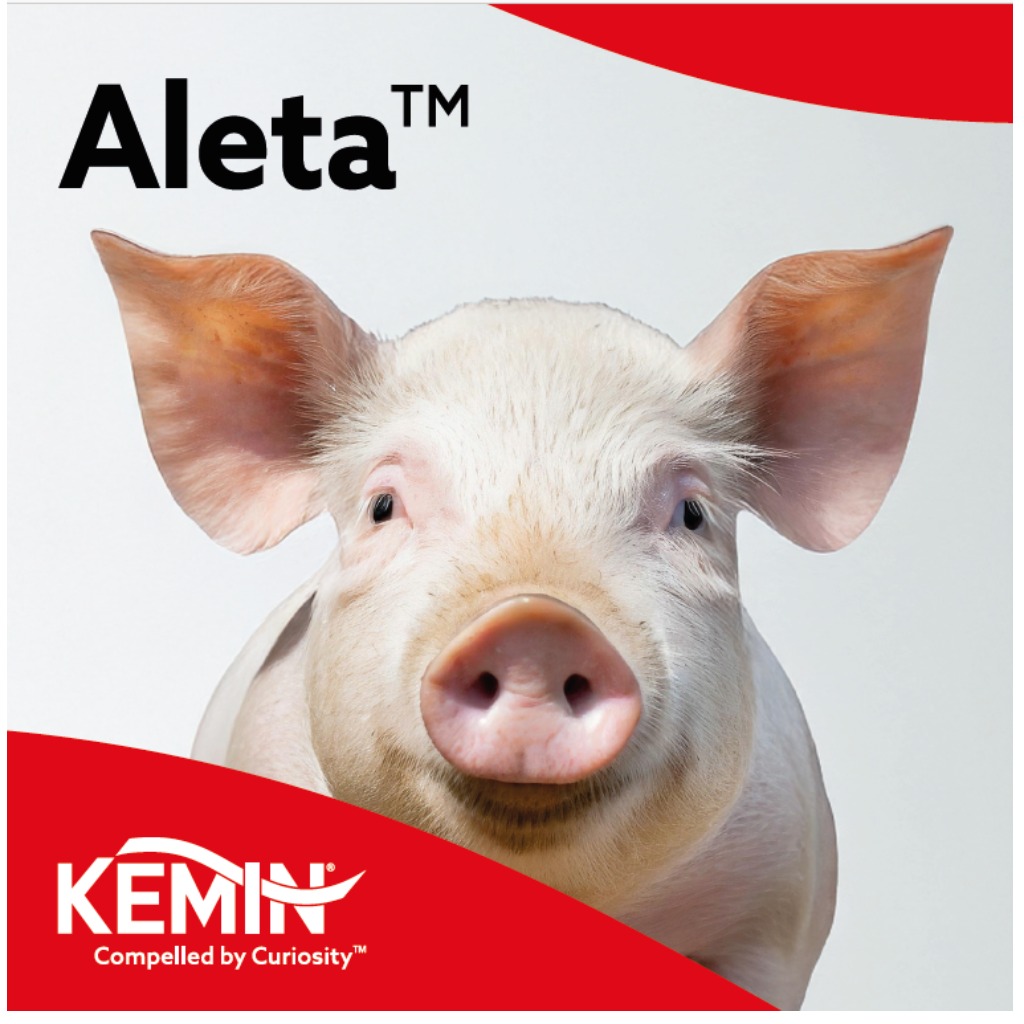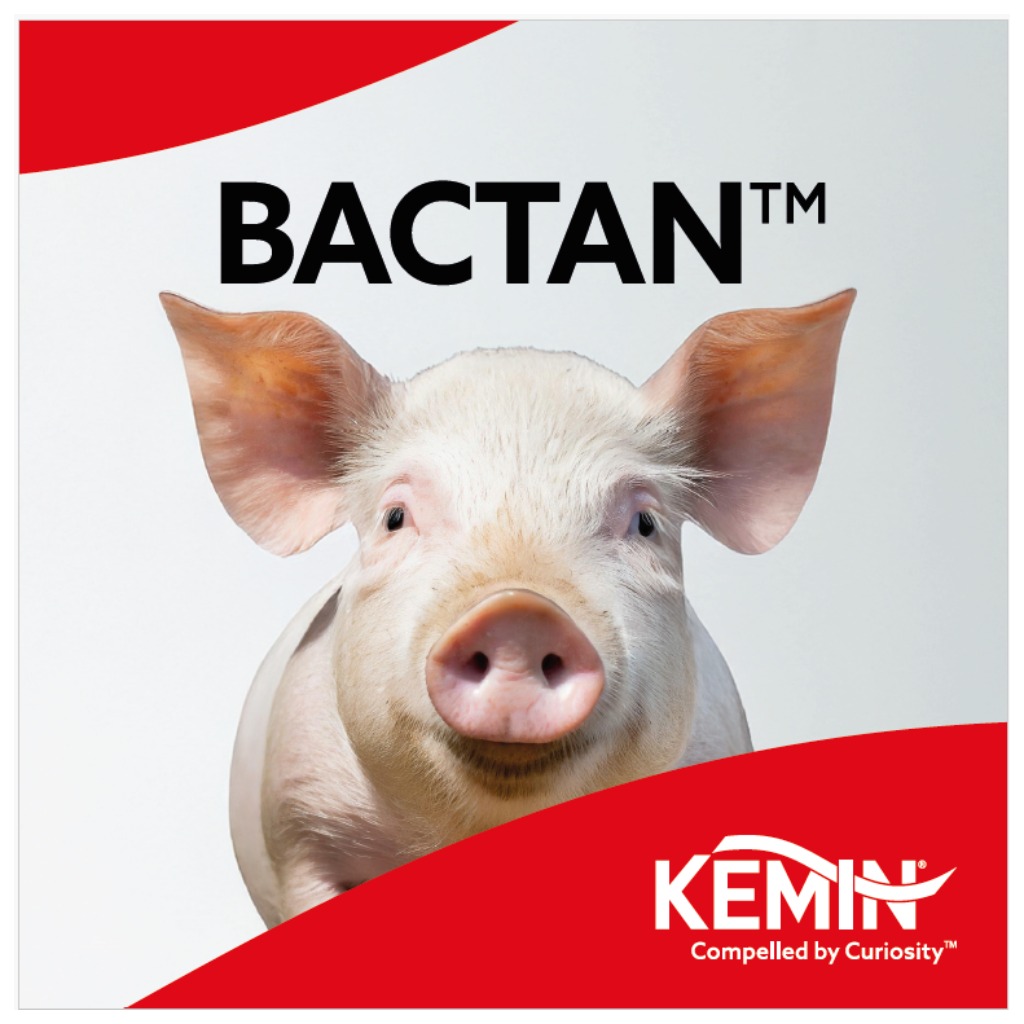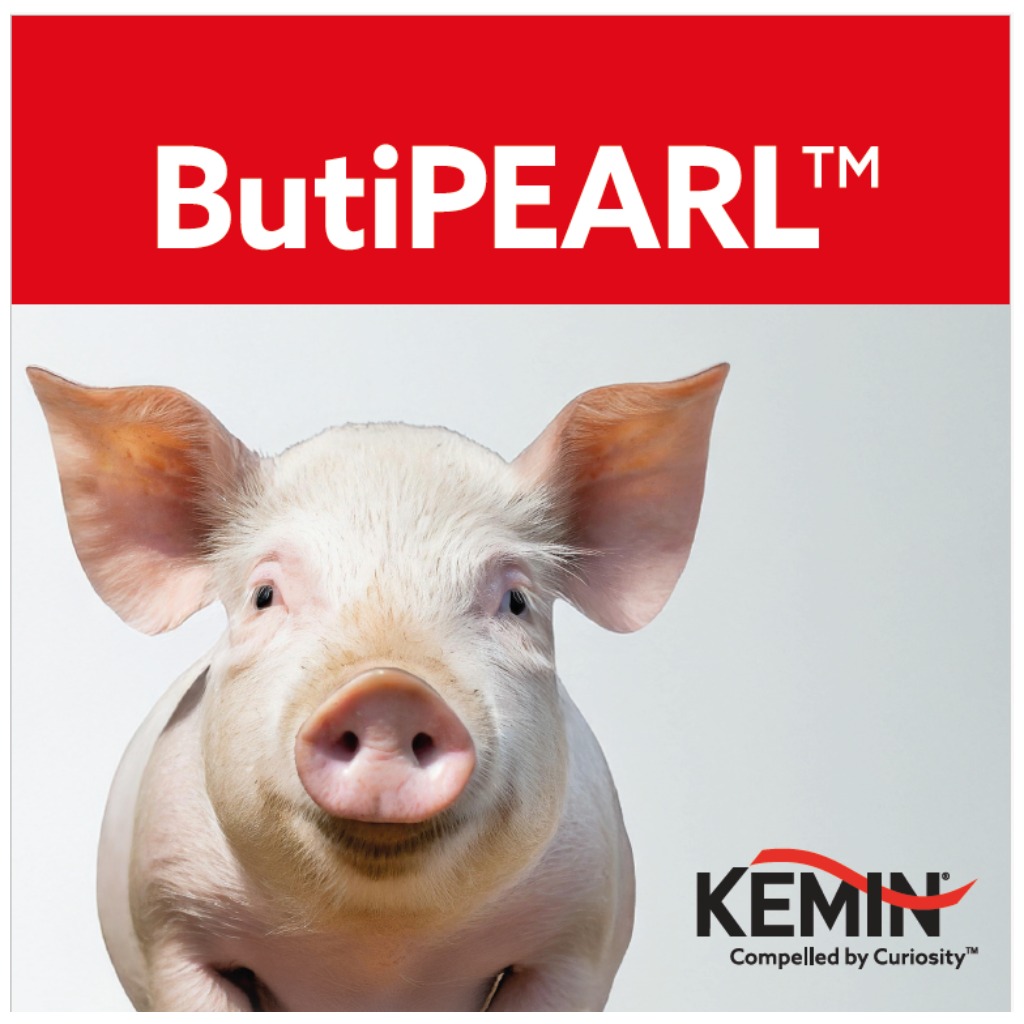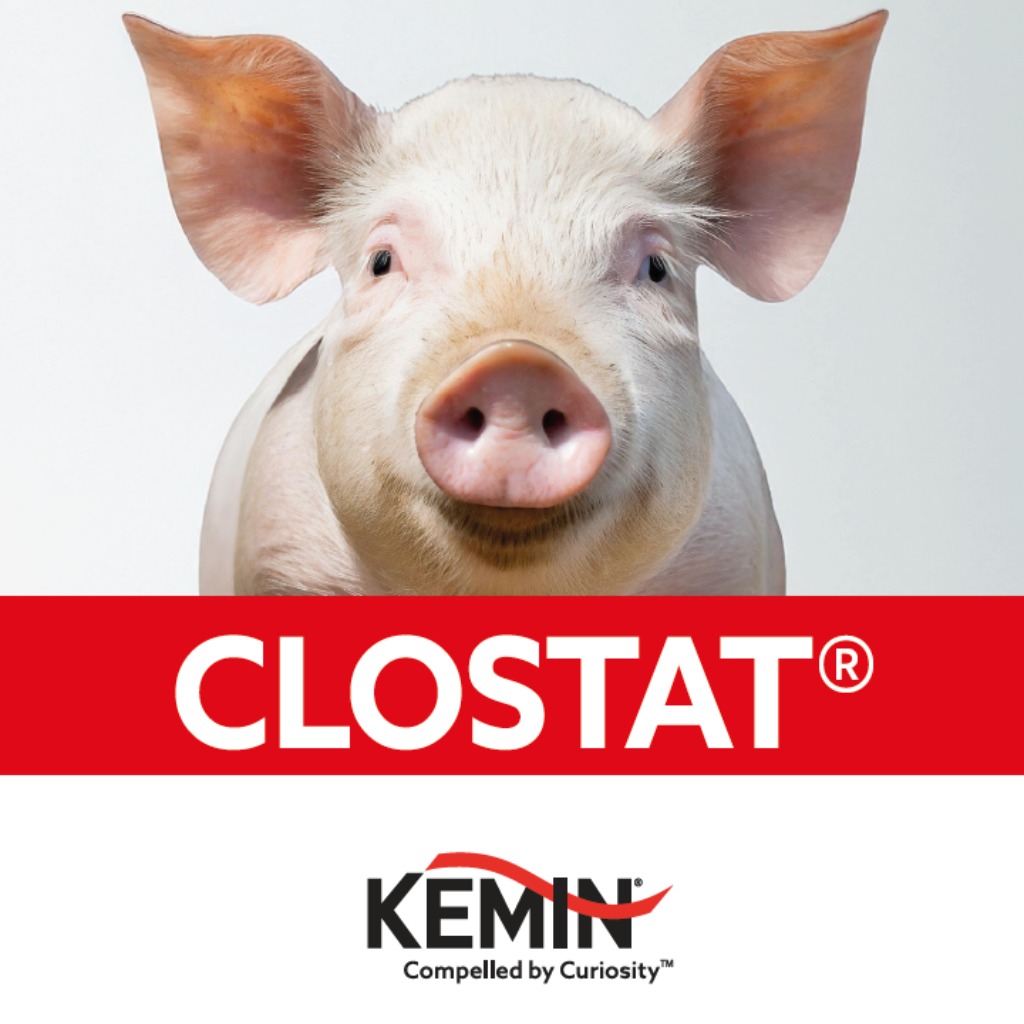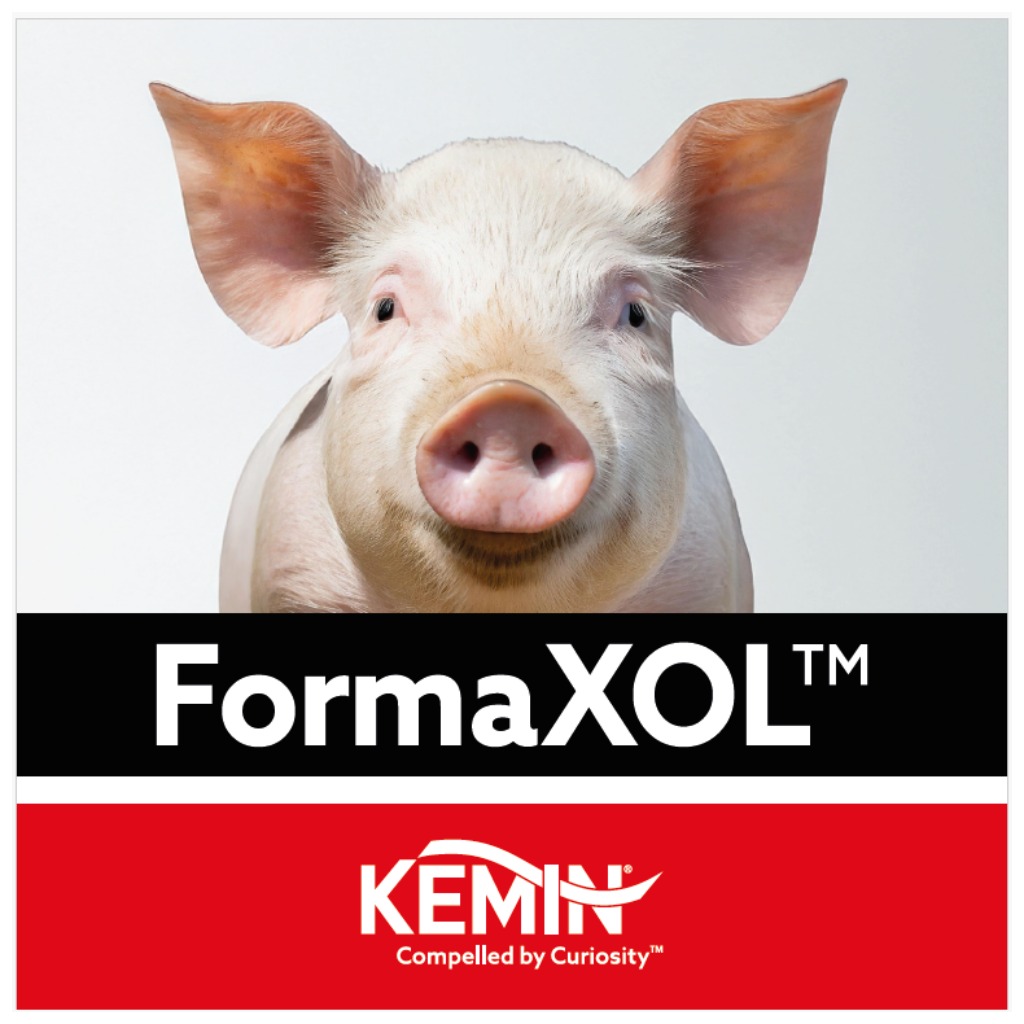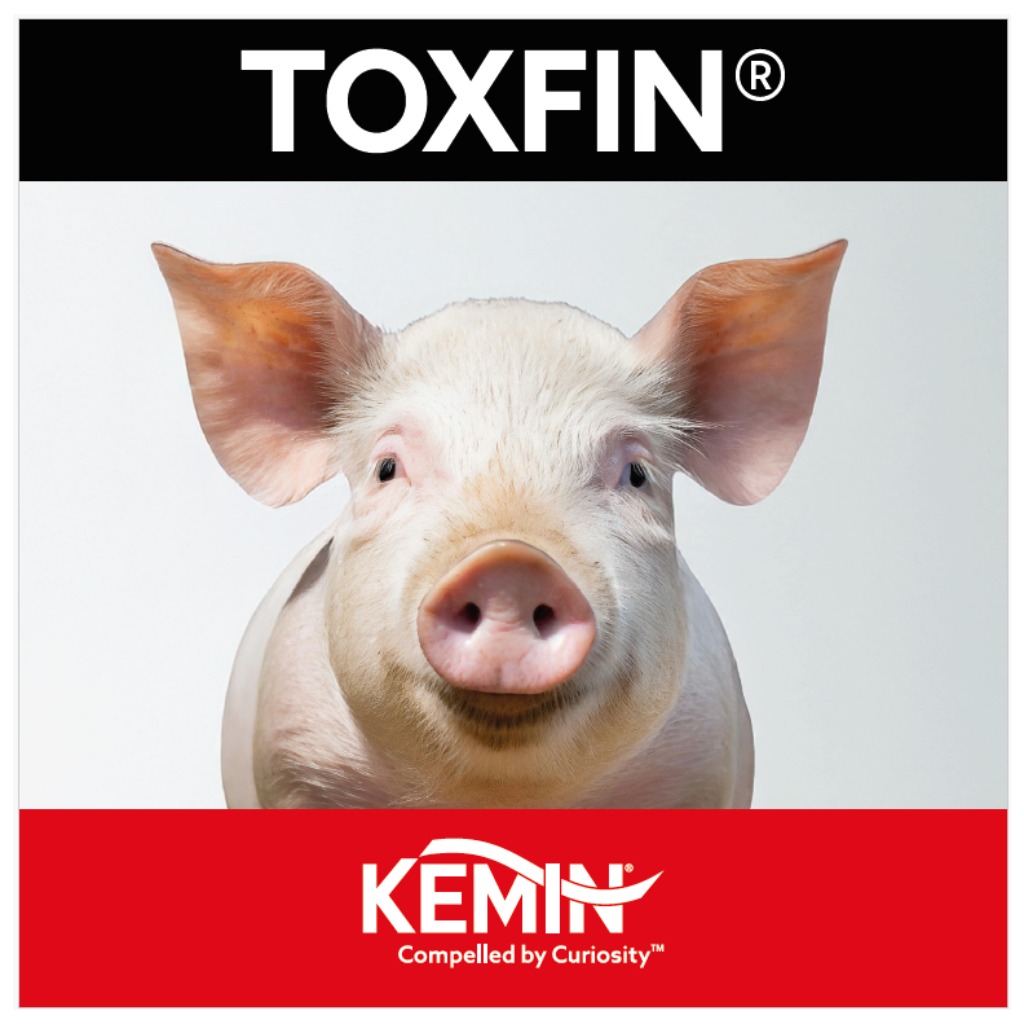Microbiome: Composition vs Function
Microbiome research could be very basic or specific, and in order to take the most out what is already available and pave the way for the future, it is essential to distinguish between composition—which microorganisms are present—and function—what those microorganisms and their genes are doing. Both concepts are important to interpret the impact of the microbiome on the animal: while composition provides a static snapshot of the microbiota ecosystem, function reveals its dynamic role in host physiology.
Understanding both composition and function is exemplified on the definition of core microbiome or also referred to as key taxa—microbial species consistently found across communities as seen in figure 1. The core microbiome can guide strategies to enhance pig health, because it does not matter to the animal, but can be applied to the population of pigs we have in our barns – this means that we target all the animals and not just one
Figure 1: Core microbiome
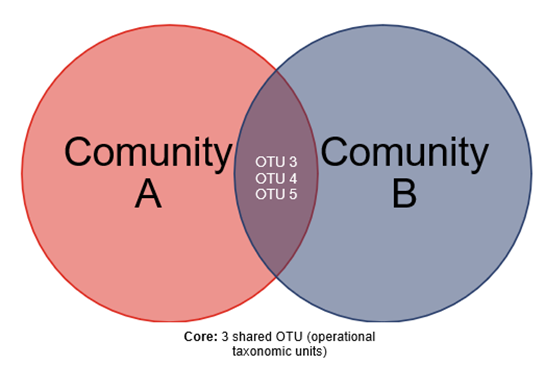
Adapted by S Casiro from shade and Handelsman 2012: Environmental Microbiology
However, researchers must consider both compositional and functional perspectives. Certain microorganism may be present without contributing meaningfully to critical functions such as nutrient digestion or immune response. When looking at current research core microbiome has been identified in lots of different productive traits, however there is a lack of application that comes from it because there is a lack of function-driven hypothesis. For this we need to start with an evidence-based framework before diving into a putative role for the microbiome as explained by Dr. Lyte during the/at the Kemin’s Intestinal Health symposium.
The importance of function-driven hypotheses cannot be overstated. Studies that solely catalog microbial species risk being akin to fishing expeditions – we look at a productive/behavioural trait of interest, collect some samples and then we think there has to be a role for the microbiome, we have a relationship identified as statistically significant and we “find” a role for the microbiome. A hypothesis-driven approach, focusing on how microbial activity impacts pig growth or disease resistance, ensures actionable insights. This method was exemplified by studies linking microbiome function to improved feed conversion efficiency in swine, highlighting the need for targeted intervention strategies.
Dr. Lyte mentioned that without a function driven hypothesis, these “fishing expeditions” could be arriving to conclusions which are not necessarily accurate or relevant for the production traits we are looking at. As the old saying says, correlation does not mean causation.
References:
Shade and Handelsman, (2012) Beyond the Venn diagram: the hunt for a core microbiome, Volume 14, Issue 1, Microbial Ecology, https://doi.org/10.1111/j.1462-2920.2011.02585.x
Contact:
Contact us using the following form.



